Patient Education
Seligman Orthodontics
Common Problems

Phase I
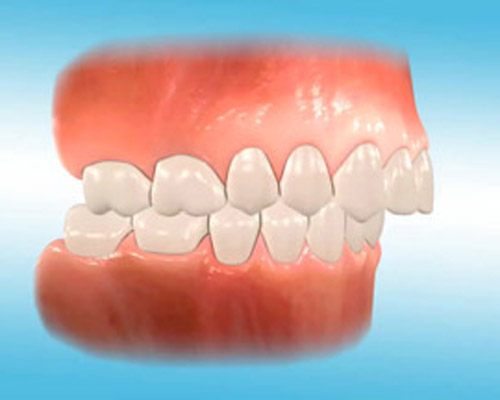
Class II

Class III

Pseudo Class III
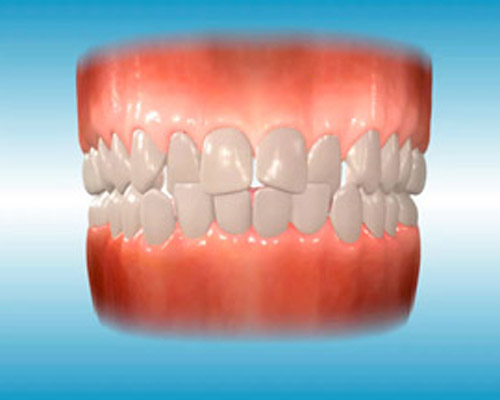
Crowding
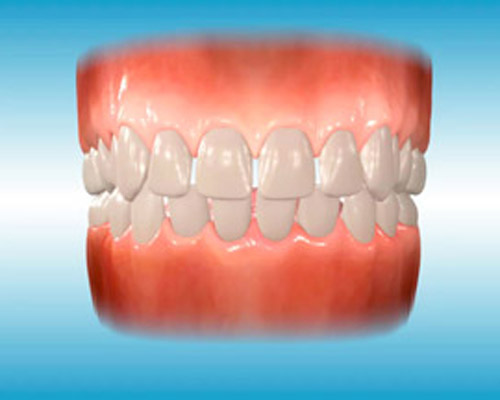
Spacing
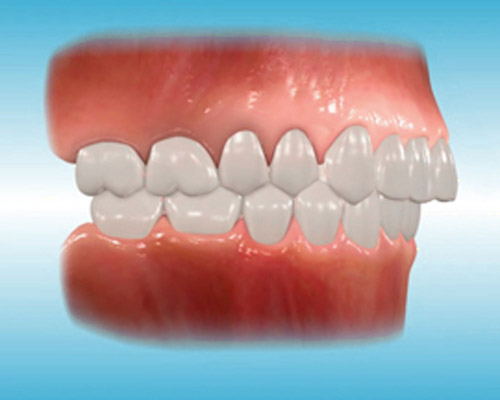
Deep Incisor Overbite
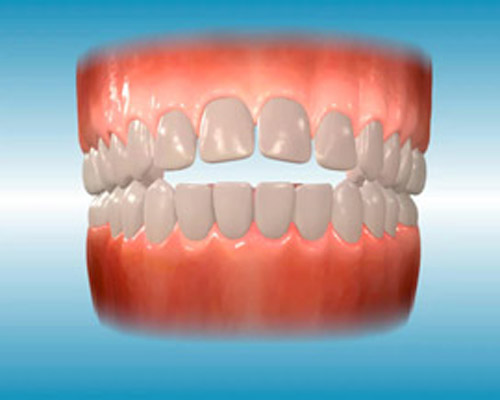
Openbite
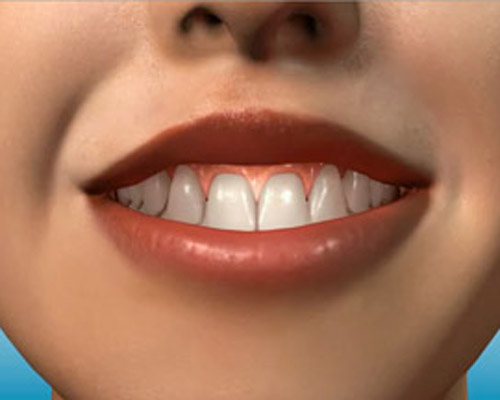
Excess Gingival Display
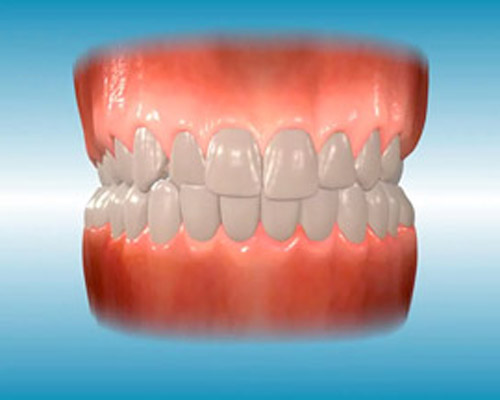
Posterior Crossbite
Common Questions About Orthodontics
Phase II treatment typically takes place years later after waiting for the remaining permanent teeth to erupt, including second molars. This level of development is typically completed around the age of 12 or 13. The goal of Phase II treatment is to fine-tune the bite and smile with all of the permanent teeth.

